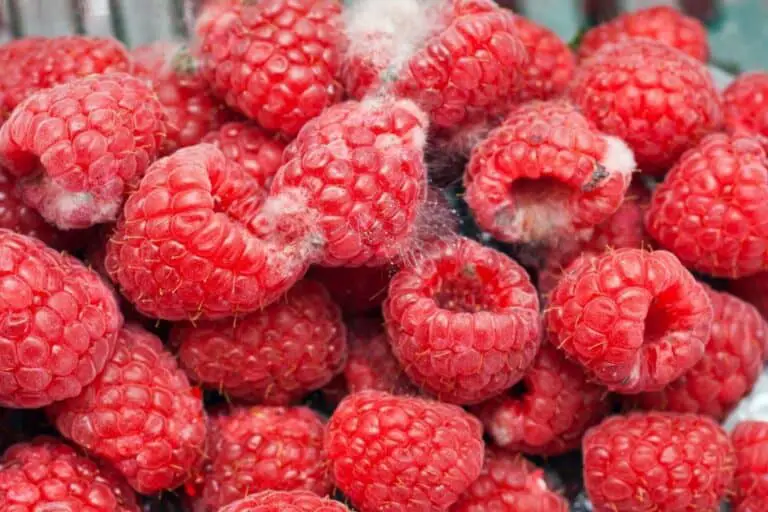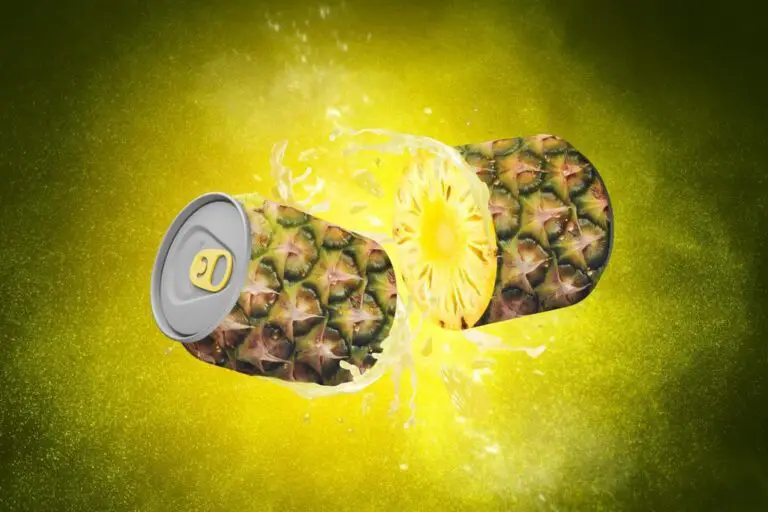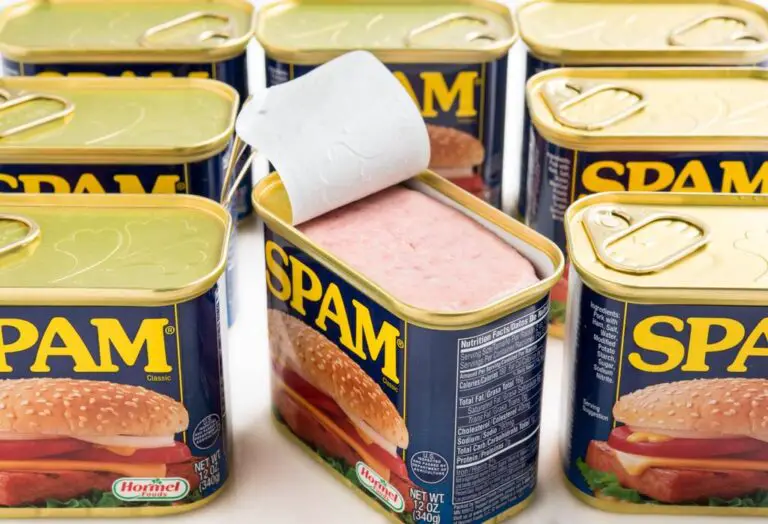What Happens If You Eat Expired Jelly? Still Safe to Consume?
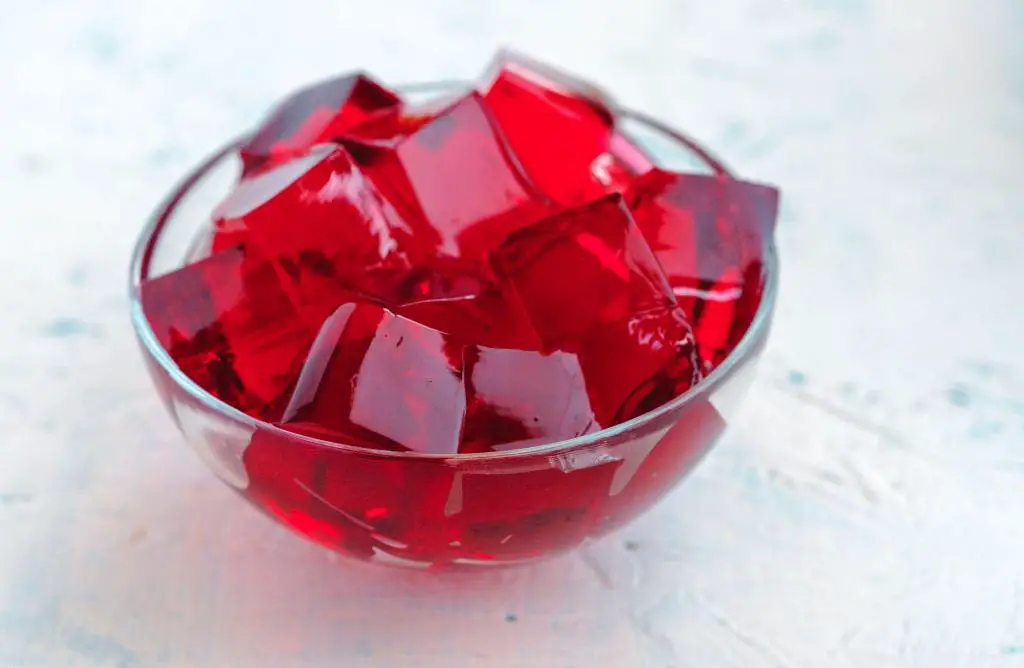
Picture this: a forgotten jar of jelly hiding in the depths of your pantry, its expiration date long past. The age-old question looms—what happens if you eat expired jelly? Is it a harmless venture into the world of slightly aged flavors, or are there hidden risks?
In this culinary exploration, we delve into the mysteries of expired jelly, examining the safety concerns, potential health risks, and factors that dictate whether that forgotten jar is still a sweet delight or a potential hazard.
Join us on a journey where the answers lie in the delicate balance of taste, time, and the science behind the jelly jar. Whether you’re a seasoned pantry explorer or a casual kitchen adventurer, the revelations about expired jelly might just surprise your taste buds.
Introduction to Jelly
In the bustling world of breakfast spreads, jelly plays a sweet and versatile note that often finds its place on our morning tables. Its vibrant hues and luscious consistency make it a beloved companion to our toasts and pastries.
But as time dances on, that jar of jelly tucked away might prompt a curious glance at its expiration date, triggering a cascade of questions. This exploration embarks on an odyssey through the delectable universe of jelly, delving into the science and stories behind this pantry staple.
Jelly, a fruit-infused concoction suspended in a glistening gel, has a rich history as a timeless delight. Its genesis lies in the art of preserving fruits and transforming them into a spreadable indulgence that enhances the simplest of breakfasts. Beyond the classic grape and strawberry varieties, modern culinary twists have introduced exotic flavors, turning the jelly jar into a canvas for taste innovation.
As we journey through the enticing world of jelly, the intrigue deepens. Understanding the nuances of expiration dates and deciphering the codes on jars become essential, transforming a simple condiment into a culinary enigma.
Jelly Expiration Dates: Different Types and Meanings
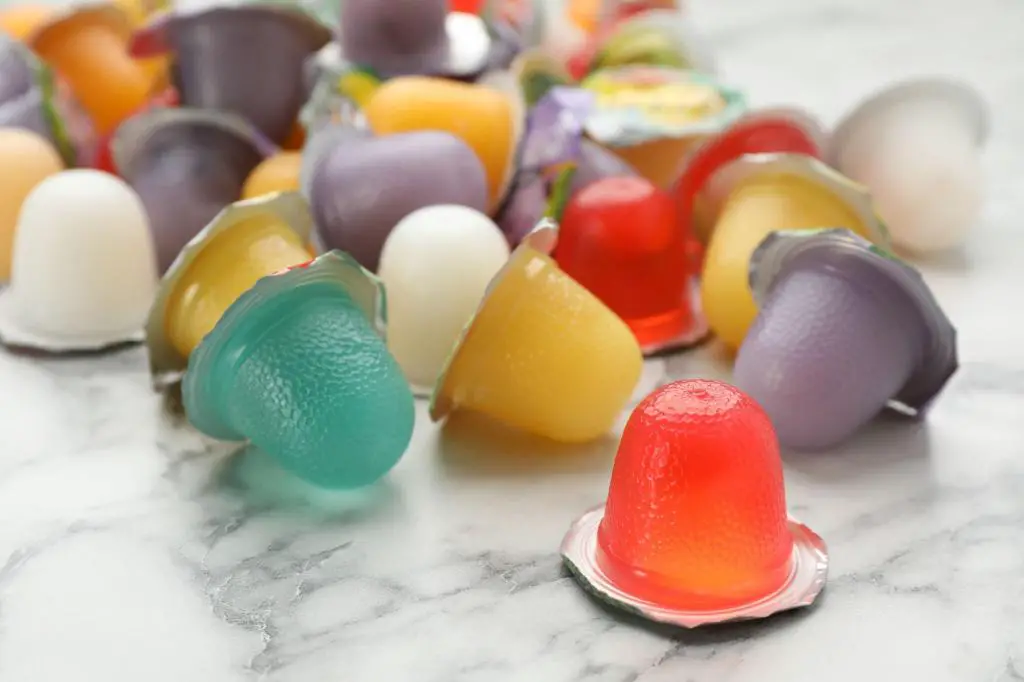
Understanding the language of expiration dates is the first step in demystifying the world of expired jelly. There’s a spectrum of terms: “use-by,” “best before,” and “sell by” – each carrying its own significance. The use-by date indicates the recommended date for consumption, while the best-before date suggests optimal freshness. The sell-by date guides retailers in stocking shelves, not necessarily dictating edibility.
To further decode the enigma, let’s explore the nuances of different types of jelly—fruit-based, pectin-added, and low-sugar varieties—as each may exhibit distinct expiration characteristics.
What Happens If You Eat Expired Jelly?
Expired jelly can cause health problems if it has been contaminated with bacteria or mold. Even if there are no signs of spoilage, such as changes in texture, color, or smell, it is still possible to get sick from eating expired jelly.
The contents of jelly become stale and lose their vitamins and nutrients over time, making it easier for the jelly to become contaminated with bacteria. It is important to regularly check jelly for signs of spoilage, such as an off color, a sour or off odor, a strange taste, mold growth, or an expired best-by date.
If any of these signs are present, it is best to discard the jelly to avoid any potential health risks. It is not recommended to eat expired jelly, and it is best to replace it with a new one.
Potential Dangers of Eating Expired Jelly
1. Bacterial Growth
Jelly’s high sugar content acts as a natural preservative, inhibiting bacterial growth. However, once that expiration date passes, the risk of bacterial infiltration increases. Mold and yeast may gradually take residence in the jar, leading to spoilage. While the visual cues of mold are obvious, bacterial contamination may go unnoticed, posing a potential health hazard.
2. Changes in Texture and Flavor
Beyond the safety concerns, expired jelly undergoes transformative shifts in texture and flavor. The luscious spread may crystallize, adopt an odd consistency, or develop a stale taste. The vibrant burst of fruitiness may fade, leaving behind a shadow of its former glory. For those seeking a taste sensation, expired jelly might not deliver the expected culinary delight.
3. Potential Allergic Reactions
For individuals with allergies, the expiration of jelly introduces an additional layer of risk. Ingredients, even in sealed jars, may degrade over time, potentially triggering allergic reactions. This is particularly relevant for jellies containing nuts or other allergens. Vigilance is crucial to ensuring that indulgence doesn’t lead to unintended health consequences.
To simplify the potential dangers, here’s a table summarizing the risks associated with eating expired jelly:
| Potential Danger | Description |
| Bacterial Growth | Increased risk of mold, yeast, and bacterial contamination, posing a potential health hazard. |
| Changes in Texture and Flavor | Transformation in texture and flavor, with crystallization and staleness diminishing the experience. |
| Potential Allergic Reactions | Degradation of ingredients over time, potentially triggering allergic reactions. |
Understanding these dangers arms us with the knowledge to make informed decisions about consuming expired jelly.
How to Tell If Jelly Has Expired
Jelly, that sweet nectar of preserved fruits, is a pantry staple, but what happens when it overstays its welcome past the expiration date? Determining if your jelly is past its prime requires a keen eye and a touch of sensory exploration.
Visual Inspection
- Check for Mold: Mold is an obvious sign of spoilage. Inspect the surface and sides of the jelly for any fuzzy, discolored patches.
- Color Changes: Over time, jelly can darken or change color. If your vibrant strawberry jelly now looks more like a subdued burgundy, it might be a clue that its time has come.
- Jar Integrity: Examine the jar for any signs of damage, especially around the lid. A compromised seal can invite unwanted bacteria.
Sensory Evaluation
- Smell Test: Give your jelly a whiff. If it smells off or has an unpleasant, musty odor, it’s a strong indicator of spoilage.
- Texture Check: Dip a clean spoon into the jelly and observe its texture. Any signs of unusual graininess, sliminess, or separation suggest that the jelly might have gone south.
- Taste Sample: If you’re feeling adventurous, take a tiny taste. Spoiled jelly often has an off-putting flavor, indicating that it’s time to bid farewell.
Making Informed Alternative to Jelly Choices
When faced with expired jelly, fear not, for the culinary world offers a myriad of alternatives that can tickle your taste buds without compromising your health. Here are some delectable substitutes:
1. Fruit Spreads
Embrace the authenticity of real fruit with spreads that boast the essence of ripe berries, peaches, or even exotic fruits. These spreads often contain less sugar and provide a refreshing twist.
2. Honey
Nature’s golden elixir, honey, offers a sweet and distinct flavor. Opt for raw, unprocessed varieties for added health benefits.
3. Peanut Butters
For a protein-packed alternative, peanut butters like almond or cashew can elevate your morning toast to new heights. Rich in texture and flavor, they pair well with a variety of bread and crackers.
4. Chutneys
Explore the world of savory-sweet blends with chutneys. Mango chutney, in particular, can add a zing to your cheese platter or grilled sandwiches.
5. Greek Yogurt with Fruit
Combine the creamy goodness of Greek yogurt with fresh or frozen fruits for a wholesome and nutritious topping. It’s a versatile alternative that caters to both sweet and savory cravings.
6. Compotes
Simmer fresh or frozen fruits with a touch of sugar to create a luscious compote. Spoon it over pancakes, waffles, or ice cream for a delightful treat.
7. Maple Syrup
For a classic choice, drizzle pure maple syrup over your breakfast treats. Its rich, robust flavor adds a touch of indulgence.
| Alternative | Description |
| Fruit Spreads | Authentic fruit essence with less sugar, offering a refreshing twist. |
| Honey | Nature’s golden elixir, providing a sweet and distinct flavor. |
| Nut Butters | Protein-packed options like almond or cashew provide a rich and flavorful experience. |
| Chutneys | Savory-sweet blends, with mango chutney as a standout choice. |
| Greek Yogurt with Fruit | Creamy goodness is paired with fresh or frozen fruits, catering to both sweet and savory cravings. |
| Compotes | Luscious simmered fruits with a touch of sugar are perfect for pancakes, waffles, or ice cream. |
| Maple Syrup | A classic choice, drizzled for a rich, robust flavor that adds a touch of indulgence. |
Conclusion
In the culinary journey of exploring expired jelly, we’ve uncovered the delicate interplay between taste and caution. Understanding the effects of consuming outdated jelly delves beyond the surface, requiring a nuanced approach to mitigate the risks of eating expired spreads.
The health consequences of expired jam are not to be taken lightly. Engaging our senses becomes crucial—the whiff, the visual inspection, and the taste test act as vigilant guardians against the dangers of ingesting outdated jelly. While unopened jars may be resilient, signs of spoilage demand a thoughtful assessment before indulging.
The impact of consuming spoiled fruit preserves transcends mere taste buds; it extends to our well-being. As we conclude this exploration, let it serve as a reminder: the decision to consume expired jelly is a sensory and calculated choice, balancing the desire for sweetness with a commitment to safety. May your culinary adventures be not only delectable but also safeguarded against the potential risks lurking in that forgotten jar.
FAQs
Can you get sick from eating expired jelly?
Yes, consuming expired jelly can pose health risks due to potential bacterial growth, mold, and changes in texture.
How long does jelly last after the expiration date?
The shelf life of jelly varies, but it’s generally safe for a few months after the expiration date if stored properly.
What are the signs of spoiled jelly?
Look for mold, changes in color, unusual odors, and alterations in texture as indicators of spoiled or expired jelly.
Does the high sugar content in jelly act as a preservative?
Yes, the high sugar content in most jellies acts as a natural preservative, inhibiting bacterial growth and extending shelf life.
Can you freeze jelly to prolong its freshness?
Freezing jelly is a viable option to extend its shelf life; however, it may alter the texture upon thawing.
Are there specific types of jelly more susceptible to spoilage?
Low-sugar jellies and those containing natural fruit pieces may be more susceptible to spoilage due to reduced preservatives.
Can you use expired jelly for cooking or baking?
While cooking may kill some bacteria, it’s not a foolproof method. It’s safer to use fresh ingredients, especially in recipes that don’t involve high heat.

